How I Chose my Bean-to-Cup
Who doesn’t like a good cup of java? That delicious elixir that wakes you up in the morning, which sets the mood for relaxation in the afternoons, or is the perfect pretext to meet up with friends. Or that’s a pretext in and of itself!
But that’s just the problem. If you’re, like me, really picky about the coffee you drink, then you’ve only got two options: either go to a good cafe with professional baristas and a good selection of roasted beans or learn how to prepare your own espressos. Well, again, if you’re like me, you’ll probably end up doing both.
I hated having to get out of the house every time I wanted to enjoy a cup of well-made coffee or try something special like a latte macchiato. Over the years, my tastes in coffee have refined so much, and I’ve had such good cups of coffee in several countries, that I became too unsatisfied with the coffee I made at home.
I tried almost every brewing method available to me until I reached this simple conclusion: it’s all about the quality and freshness of the beans. I decided I wanted to prepare espresso like professional baristas. But looming over their shoulders in cafes and watching YouTube videos didn’t get me anywhere – I needed both the beans and the machine to help me practice.
The quality of beans is paramount for a good espresso. Credit: Scott Schiller via Flickr
My Calculated Solution
While experimenting with varieties of beans is simpler, choosing the right coffee machine is anything but. It’s a long-term, quite costly investment, and you want to make sure you get the right one. I started doing my own research, looked into the best coffee machine brands, read all about roasting, grinding and brewing, and decided bean-to-cup coffee machines are the best solution for aficionados (I hate the word amateur) to get delicious coffee every day, at home or the office.
Choosing a machine that’s right for you is a bit complicated, since there are so many excellent brands out there, and so many types of machines with all sorts of nice little features. To help you reduce research time for your own machine, I’m going to share with you what I’ve learned. The following list is not a top, but rather a round-up of the best brands, highlighted by a short review of one of their bean-to-cup machines. This should help you get familiar with the features of a good coffee maker.
1. Look for Energy-Saving Features (DeLonghi ECAM 23.420.SW)
Coffee machines have come a long way, and today, the best of them incorporate a multitude of functions that allow you to prepare a variety of coffee-based drinks with little-to-no preparation. DeLonghi remains one of the top producers of bean-to-cup coffee machines on the market, combining Italian tradition with last-minute technologies. But that also puts their products at the costlier end of the spectrum, with high-end machines exceeding the £1000 tag.
Take the DeLonghi ECAM 23.420.SW, for instance. It’s sleek, light, and features a highly elegant design. The 2-cup selection makes it ideal both for homes and small offices, and its extraordinary quality seems to be entirely supported by technology: aroma control, 13 grinding levels, rapid steaming, water filter, cappuccino system, and more.
This bean-to-cup coffee machine is also a conscientious resource saver, as are most high-end coffee makers nowadays. It’s important to consider if you’re willing to invest that kind of budget in a coffee maker, that it offers you at a minimum these features. You can get a better idea of what I mean by looking at the list of features I’m adding to each of these machines, and which are representative of their respective brands:
Core Features
Works with: coffee beans and powder
Milk Frothing Arm: yes
Special Features: cappuccino system, pre-brewing cycle, programmable turn on/shut off Programmable features: yes
No. of cups: 2 (in a single brewing)
Cup warmer: yes
Water filter: yes
Display: two text-line
Source: DeLonghi
2. Choose a Coffee Machine That Allows Manual Preparation (Miele CVA 6401)
Even if this is the first time you’re researching for bean-to-cup coffee machines, you’ve probably heard of Miele before. The German brand also produces a wide range of kitchen and homeware like washing machines, refrigerators, cooking machines, and more. You might be inclined to think that a company specializing in refrigerators can’t make top competing coffee makers, but that’s far from the truth with Miele.
Let’s allow the CVA 6401 model to show us what a good product is all about. Although I try to avoid being superficial about things whose functionality is chief, I can’t help being seduced by how this line of coffee makers looks. This sleek black box with minimalist lines and features is exquisite and tasteful. Luckily, looking “under the hood” doesn’t diminish my opinion of it at all.
This bean-to-cup coffee machine can prepare 9 coffee specialties including hot water, warm milk, and milk froth – allowing you to experiment with other non-programmable brewing recipes. It has automatic rinsing functions, energy-saving options, easy to access and to remove containers, adjustable coffee, water, and milk quantities, and a separate ground coffee brewing unit.
Another thing that makes it special is that it’s made to fit built-in furniture – you can see a version in the photo below. These are just the top special features you get with Miele, but you can see the full review on their website. As I’m sure you’ll notice, it’s also about double the price of a De’Longhi, but users on Amazon generally reinforce its deservedness.
Core Features
Works with: coffee beans and powder
Milk Frothing Arm: yes
Special Features: flavor preserving grinding unit, automatic cleaning, adjustable water hardness
Programmable features: yes
No. of cups: 2 (in a single brewing)
Cup warmer: yes
Water filter: yes
Display: DirectSensor
Pump pressure (bar): 15
Source: Miele
3. Learn to Make Your Own Milk Froth (Cuisinart One Cup Grind & Brew)
With this One Cup Grind & Brew model from Cuisinart, I want to turn your attention towards a much more affordable coffee maker, but one which, by all accounts, competes with the best of the best bean-to-cup coffee machines out there.
If you’re just starting out with being seriously interested in top notch coffee brewing, a Cuisinart machine like this one can be an excellent choice. You’ll use it to learn the ropes for the perfect espresso, macchiato, or Americana without splurging out. You can focus instead on experimenting with different types of roasted coffee beans, different levels of grind, water, and milk proportions, and so on.
It might even encourage you to try and prepare your own milk froth at home, semi-manually. I’ve tried it myself, got it right after a couple of attempts, and I have to say it really does add a personal note to your latte. And after you really get the hang of it, you can literally prepare the best espresso you’ve ever tasted! However, please note that the best espresso makers usually have 15 bar pump pressure.
Core Features
Works with: coffee beans and pre-ground coffee
Milk Frothing Arm: no
Special Features: height adjustable drip tray, adjustable coffee strength
Programmable features: no
No. of cups: 1 (in a single brewing)
Cup warmer: no
Water filter: yes
Display: no
Source: Cuisinart Canada via YouTube
4. Experiment With Grinding Levels to Find the One You Like (Sage the Barista Express)
Sage by Heston Blumenthal is another excellent brand I’d recommend looking into. They’re UK-based, and in this list, they’re probably the best balance of quality to price. They also specialise in other food and drink-related appliances, and their bean-to-cup coffee machines look and behave optimally. It’s all showcased pretty well in this promotional video.
I wouldn’t want to oversell the Sage Barista Express to you, but I for one am quite impressed with its features. It’s got a razor dosing tool so you can measure precise quantities for your coffee, a great frothing jug, and, watch this… 18 grinding levels! You can check out the reviews yourself. A Sage appliance can be the ideal machine if you want to try your hand at preparing different beverages, experiment with roast varieties and grind coarseness, coffee strength, and so on.
You can work this machine both on auto and manually – if you’re in a hurry, great coffee is ready right away, and if you’re in the mood for a coffee ritual, the playground is all set. Also, it has a very classical espresso machine look to it, so it probably adds to the “look at me, I’m a barista!” adventure.
Core Features
Works with:
Milk Frothing Arm: yes
Special Features: electronic temperature control, milk frothing jug, onboard tamper
Programmable features: yes
No. of cups: 2 (in a single brewing)
Cup warmer: yes
Water filter: yes
Display: no
Source: Sage by Heston Blumenthal
5. Some Machines are More Complex Than Others (Jura Z6)
While it’s true that if you learn to use one, you kind of learn to use them all, some coffee makers have more options and features than others, so there is a learning curve.
By its full name Jura Elektroapparate, this is a Swiss appliances maker with quite the tradition. In this case, although it subsequently went on to expand its production, Jura is nowadays primarily appreciated for its espresso machines. But because it delivers top quality brew, its bean-to-cup-coffee machines have the price to match.
You can definitely invest in a Jura machine like the Z6 if you’ve used espresso machines before and are ready to take it to the next level. It’s also ideal if you can afford to use only the best types of roasted beans with it. I once drank Jura-made espresso at a party, the hosts had a machine similar to this, and I have to say, the investment is worthwhile.
The Z6 has programs for 10 different types of beverages including hot milk and milk foam and can be set to prepare two espressos or two ristrettos in a single brew. You can set one of 10 different strength levels, 3 different brewing temperatures, 10 different milk temperatures, and the list can go on.
Core Features
Works with: coffee beans and ground coffee
Milk Frothing Arm: yes
Special Features: Pulse Extraction Process, adjustable coffee spout, intelligent preheating
Programmable features: yes
No. of cups: 2 (in a single brewing)
Cup warmer: no
Water filter: yes
Display: TFT color display
Source: Jura via YouTube
6. Pay Careful Attention to Product Specs (Krups Bean to Cup EA8298)
If you trust German technology, then you can try something from Krups. They make a really wide variety of appliances, and you’ve definitely heard the brand’s name before. Their line of bean-to-cup coffee machines is another good place to start. Krups makes all other types of coffee machines as well, including capsule, or ready-made coffee makers – but their high-end bean-to-cup appliances are not something to ignore.
I chose the Krups Bean to Cup EA 8298 because it looks professional, yet approachable at the same time. It resembles regular coffee makers, except it’s equipped with its own milk frother, has a one-touch cappuccino program, and works at a 15 bar pump pressure, just like all other top quality espresso makers.
This particular model only works with beans. If you’d like a coffee maker with a separate container for coffee powder, make sure it’s mentioned in the specifications before you buy. However, keep in mind that most machines, like this Krups, can be programmed to automatically turn on in the morning, or at hours designated by you, so you don’t necessarily have to wait a long time for your coffee to be ready. In fact, it can be ready-to-drink the moment you step into your kitchen.
Core Features
Works with: coffee beans
Milk Frothing Arm: yes
Special Features: milk frothing jug, automatic cleaning, programmable coffee strength
Programmable features: yes
No. of cups: 1 (in a single brewing)
Cup warmer: yes
Water filter: yes
Display: high-definition LCD screen
Pump pressure (bar): 15
Source: John Lewis
7. Consider How Fast You Want That Espresso (Smeg CMS4601NX)
Smeg is another Italian appliance manufacturer with tradition, best known for their vintage-looking refrigerators. Yet the bean-to-cup machine I chose to showcase the quality of its products is very modern-looking, part of the Dolce Stil Novo Aesthetic. You’ll notice that visually, it’s very similar to the Miele above, but it has fairly different features.
It has 5 programmable coffee strengths, removable milk jug, milk frother, two-cup function, a steam function for cappuccino, and a hot water function for tea or other brews. It’s also a rather expensive model and, just like the Miele, is very suited if you want it to match other modern, minimalist appliances in your kitchen.
A machine like this is also ideal if you’re keen on drinking superior espresso every day, but aren’t particularly interested in doing a lot of the labor manually. It is quick, precise, and reviewers say it manages to preserve bean oils and aromas perfectly. The CMS4601NX is definitely a good purchase and has the advantage of fitting in most kitchens thanks to its reduced size and simple, rectangular shape.
Core Features
Works with: coffee beans and pre-ground coffee
Milk Frothing Arm: yes
Special Features: milk frothing jug, cappuccino steam function, hot water function
Programmable features: yes
No. of cups: 2 (in a single brewing)
Cup warmer: no
Water filter: yes
Display: touch control panel
Pump pressure (bar): 15
Source: Smeg
8. Set up a Budget Before You Buy (Melitta CAFEO SOLO & milk E953-101)
As I was saying before, the price is not the sole indicative of a good coffee machine, and there are lots of manufacturers out there that make very good machines. Since I’ve personally been through this several times, I want to be straightforward in telling you that if it’s your first time buying a bean-to-cup coffee machine, you really don’t need to go out of your way for a huge purchase.
The Melitta CAFEO SOLO & milk really helps to make my point. This particular model is both affordable and of great quality, and this Italian brand is very well established in the coffee making industry.
With it’s two-cup in a single brew capacity, milk frothing arm, one touch programs, and special brewing process that rinses coffee beans before brewing, you’ve really got a machine you can experiment with. And you can also try with confidence the Melitta brand coffee – they provide beans, ground coffee, and other products for the coffee enthusiast.
Core Features
Works with: coffee beans
Milk Frothing Arm: yes
Special Features: height adjustable coffee spout
Programmable features: yes
No. of cups: 2 (in a single brewing)
Cup warmer: yes
Water filter: yes
Display: LCD
Pump pressure (bar): 15
Source: Amazon UK
Let it Brew
This concludes with the basics of a good bean-to-cup coffee machine. I’ve included models that manage to cover the product niche relatively well, and now you should have a good idea of what core features to look for.
I also hope you’ll find the advice and tips I’ve sprinkled here and there useful, and that they’ll help you through the process of finding the perfect coffee maker for you. Remember that you need to keep in mind these basics: budget vs. price, brand/model, coffee type and capacity, programmable vs. manual, and design/dimensions.
I’d love to hear from you if this information was helpful. Please share with us your purchase stories, your favorite bean-to-cup, or what you think is the most important factor in the choice process!
Banner image Source: Public Domain Pictures


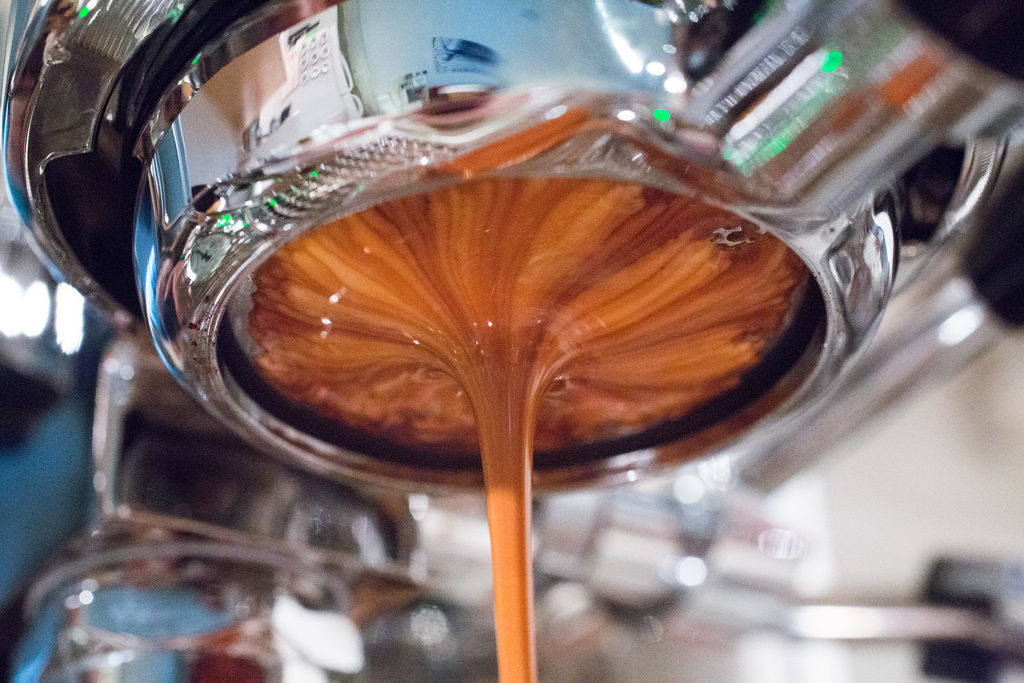
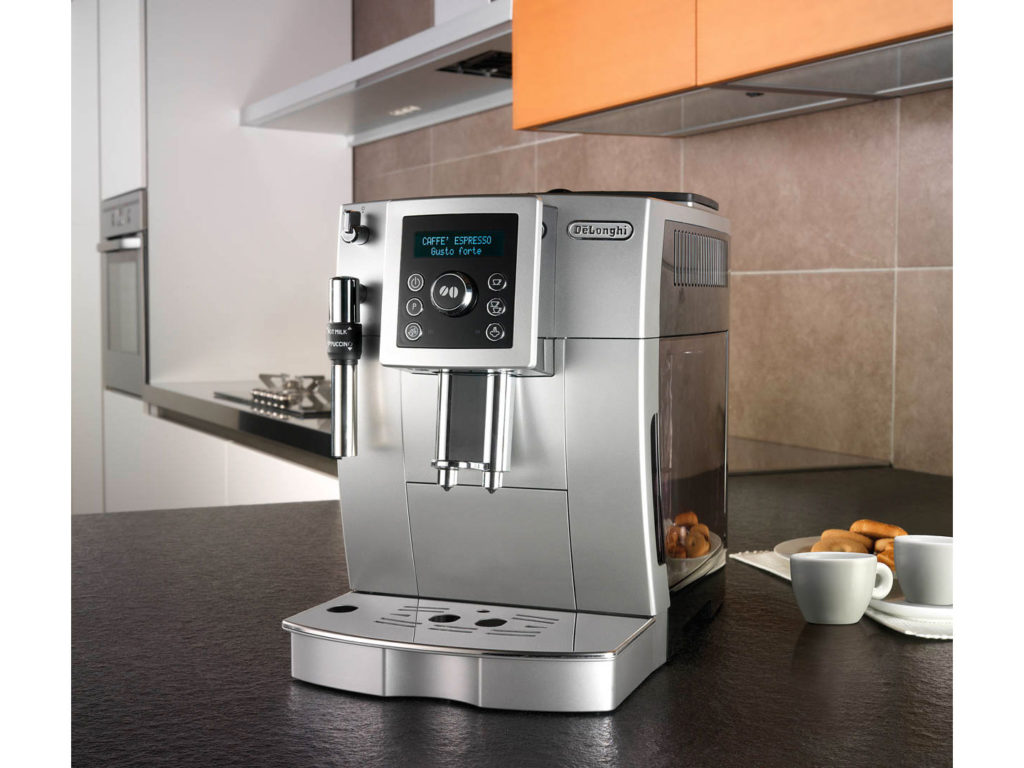
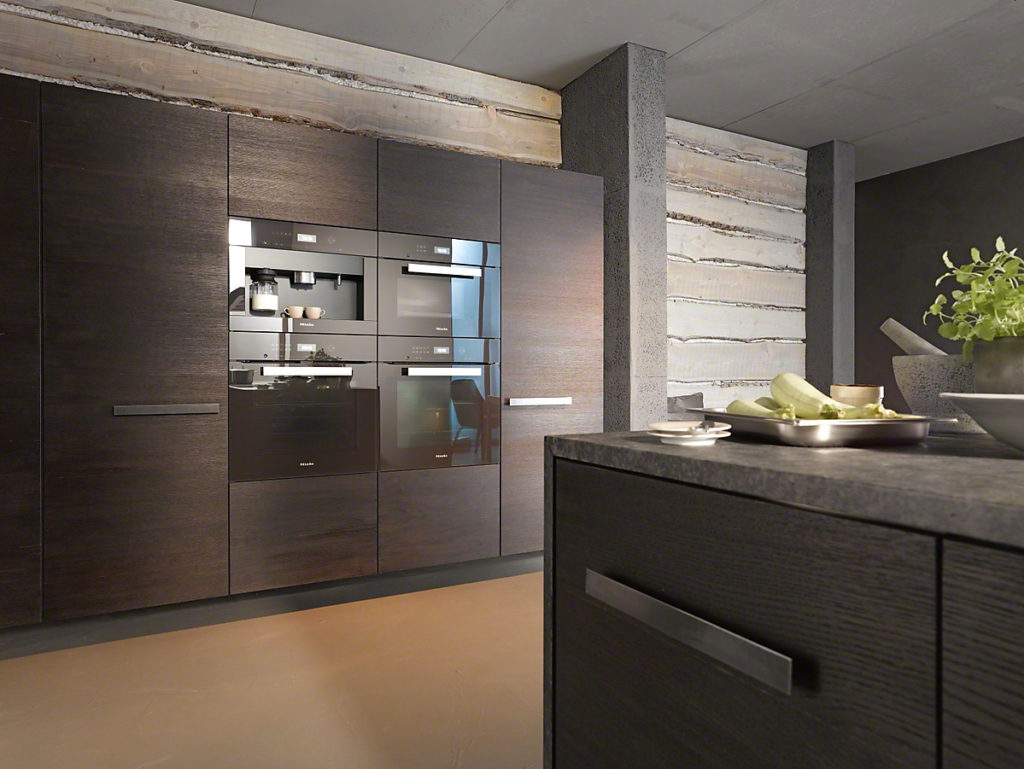
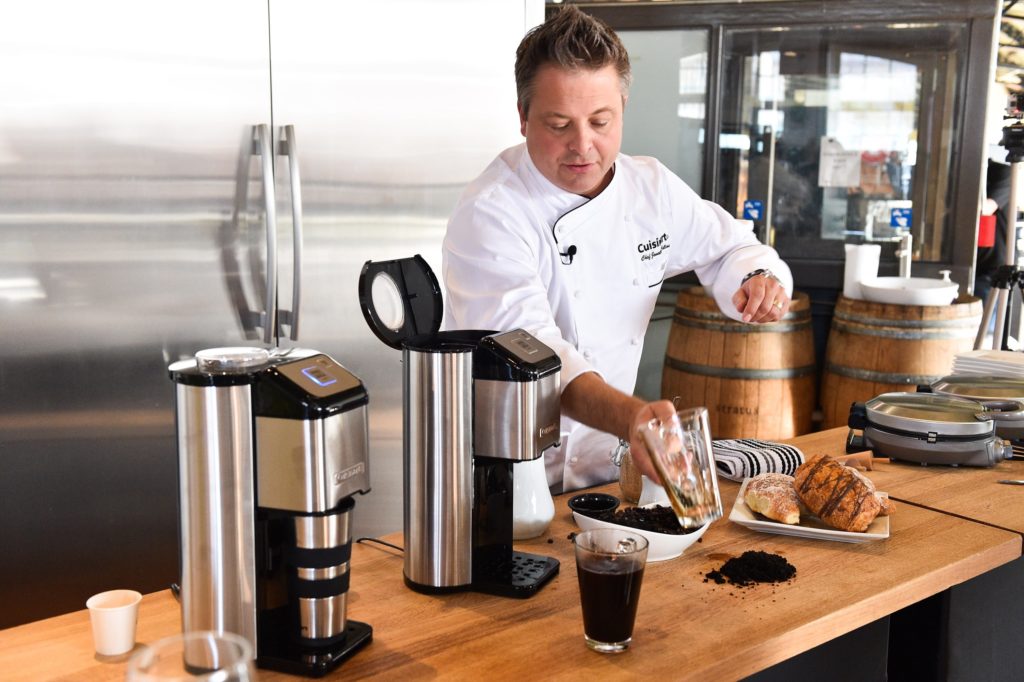
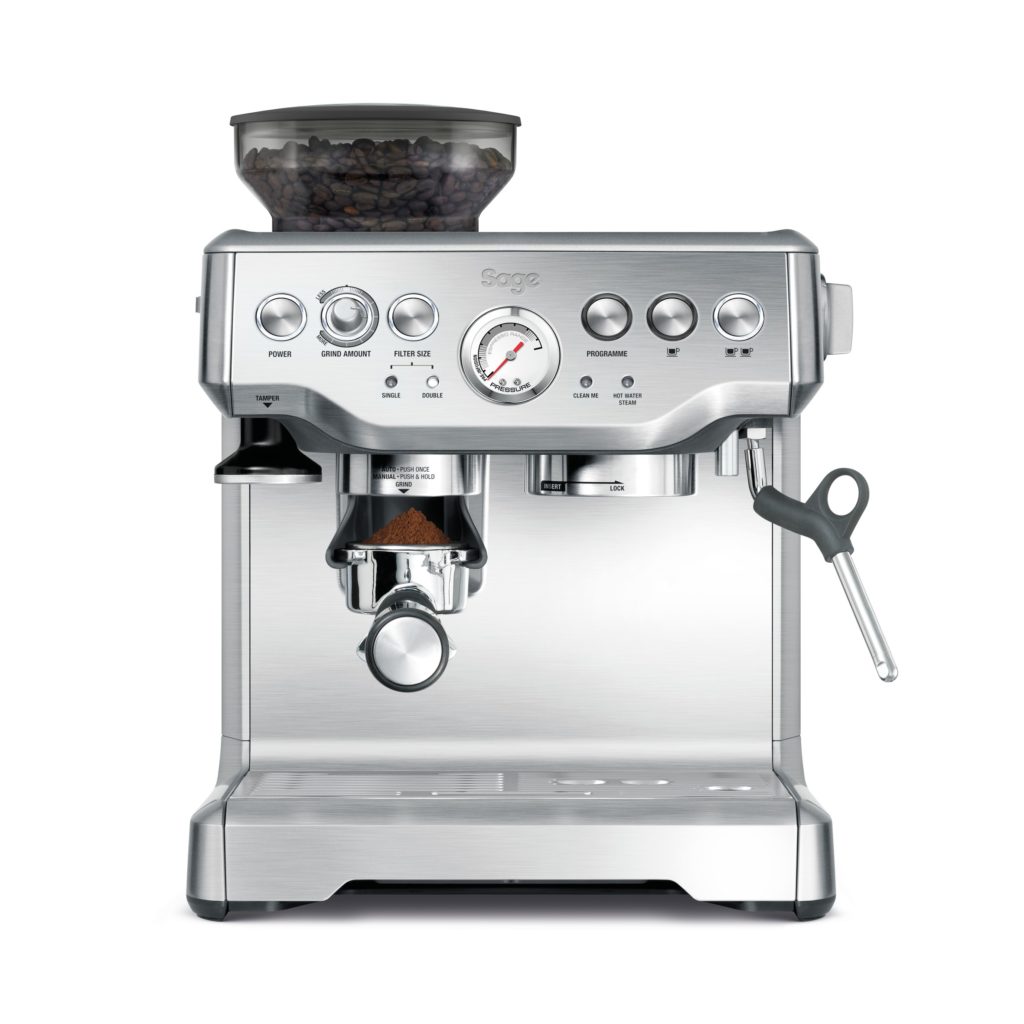
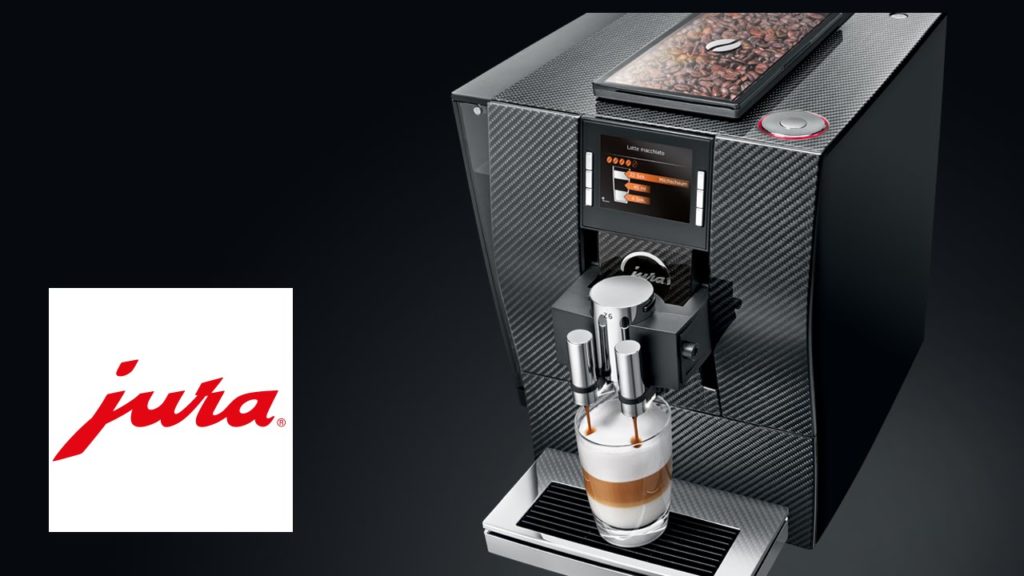
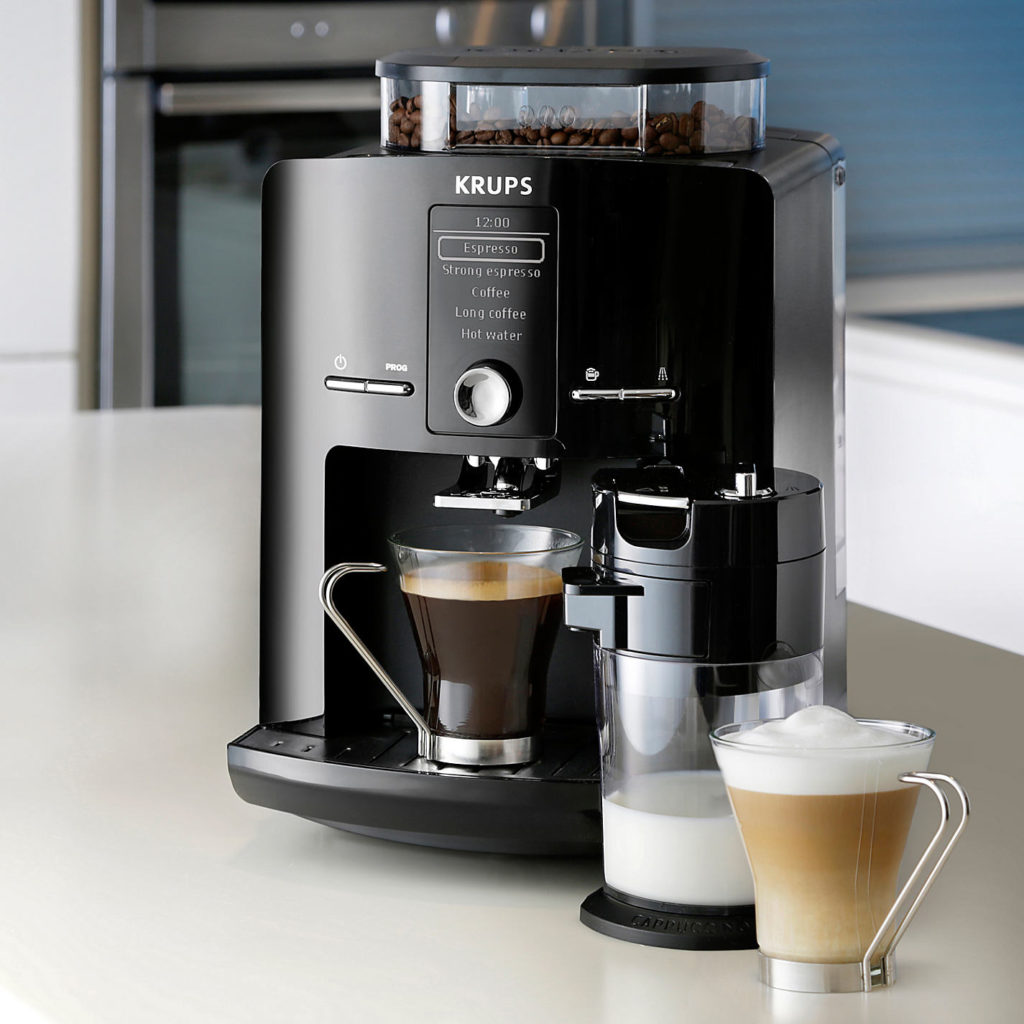
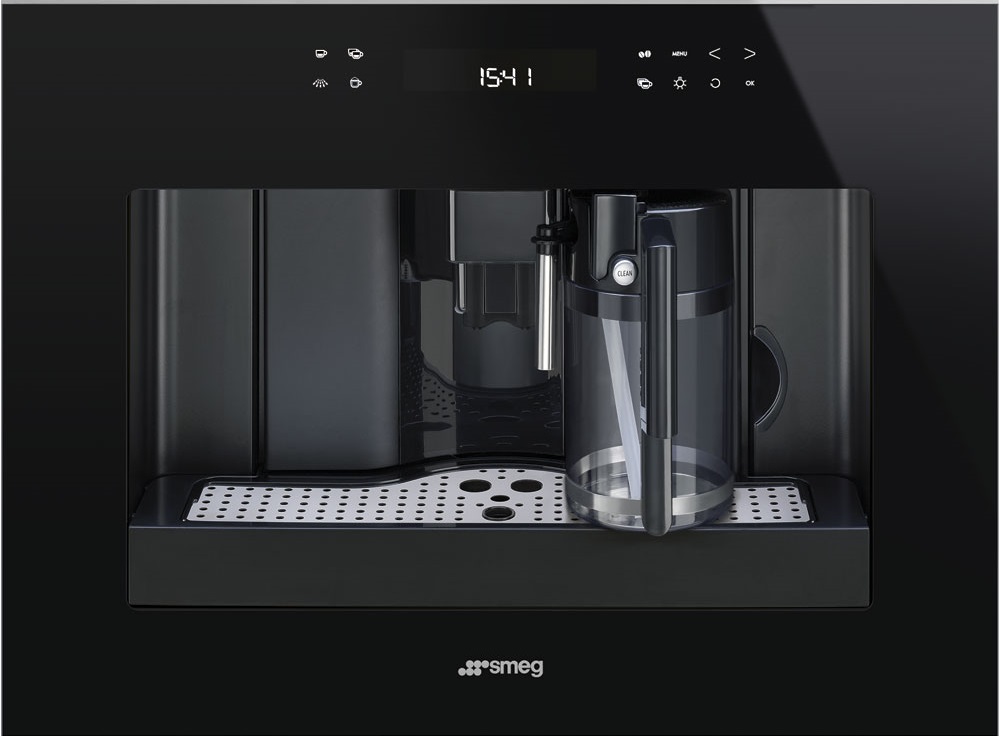
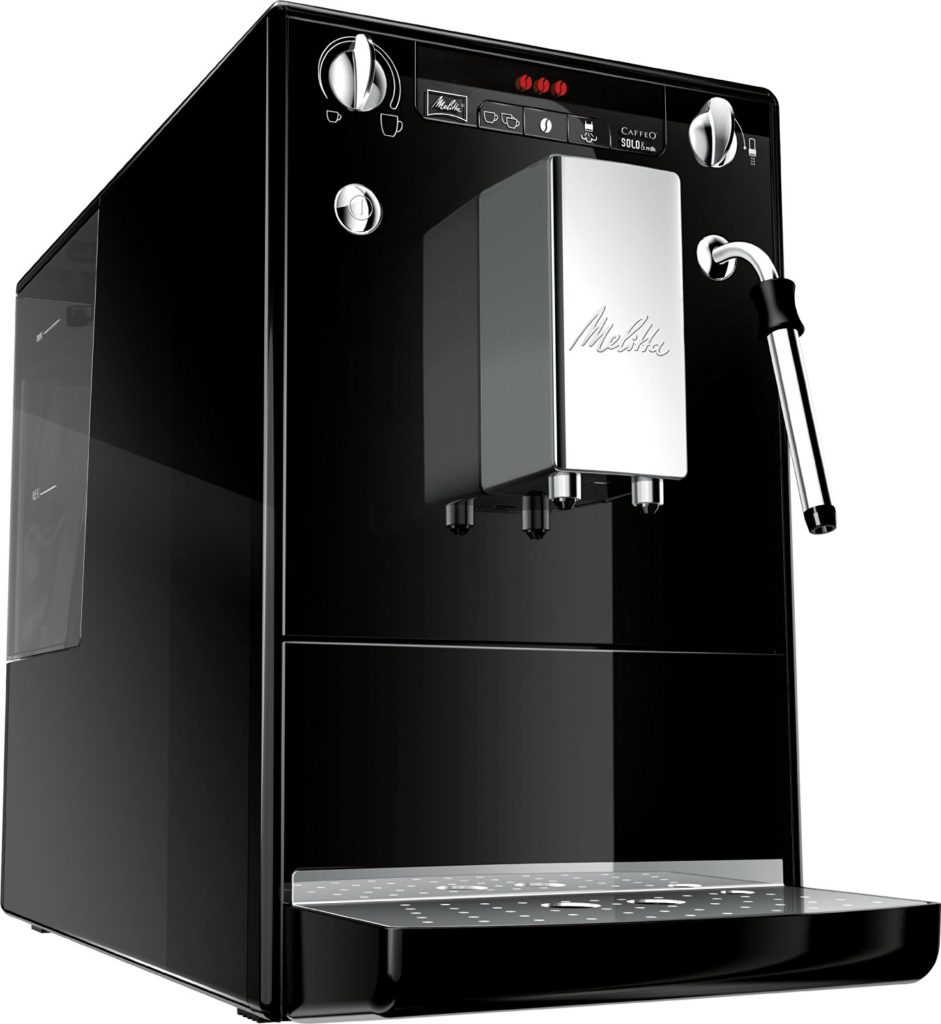


Comments are closed.